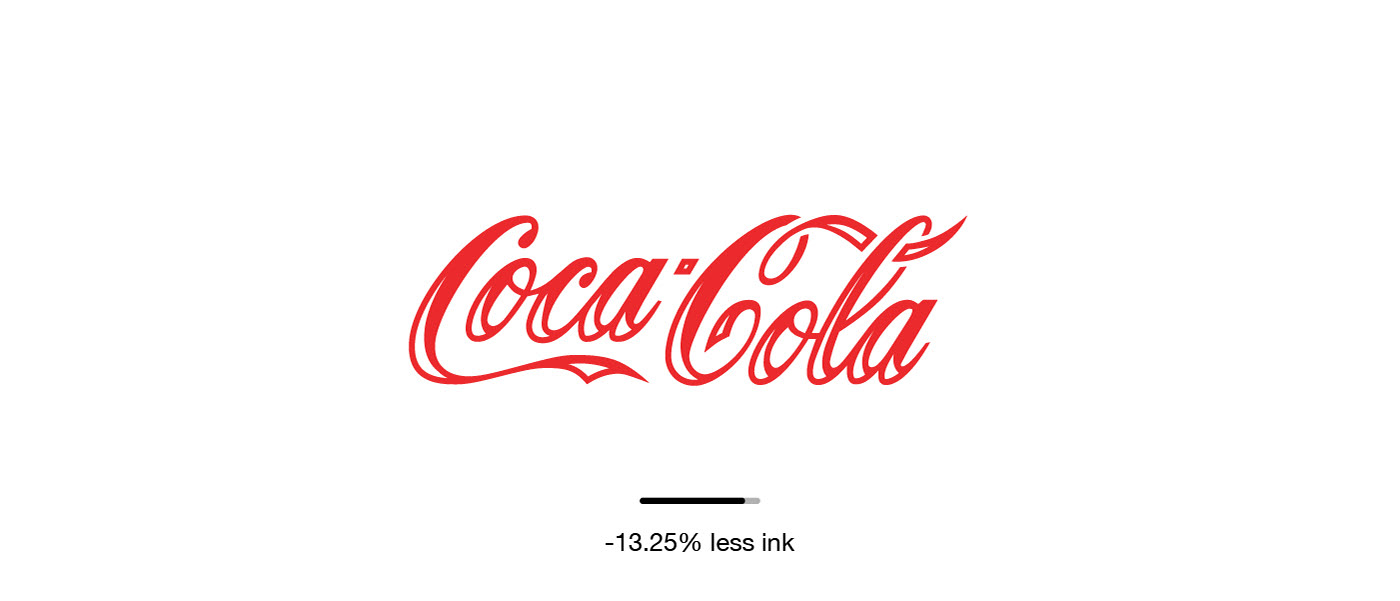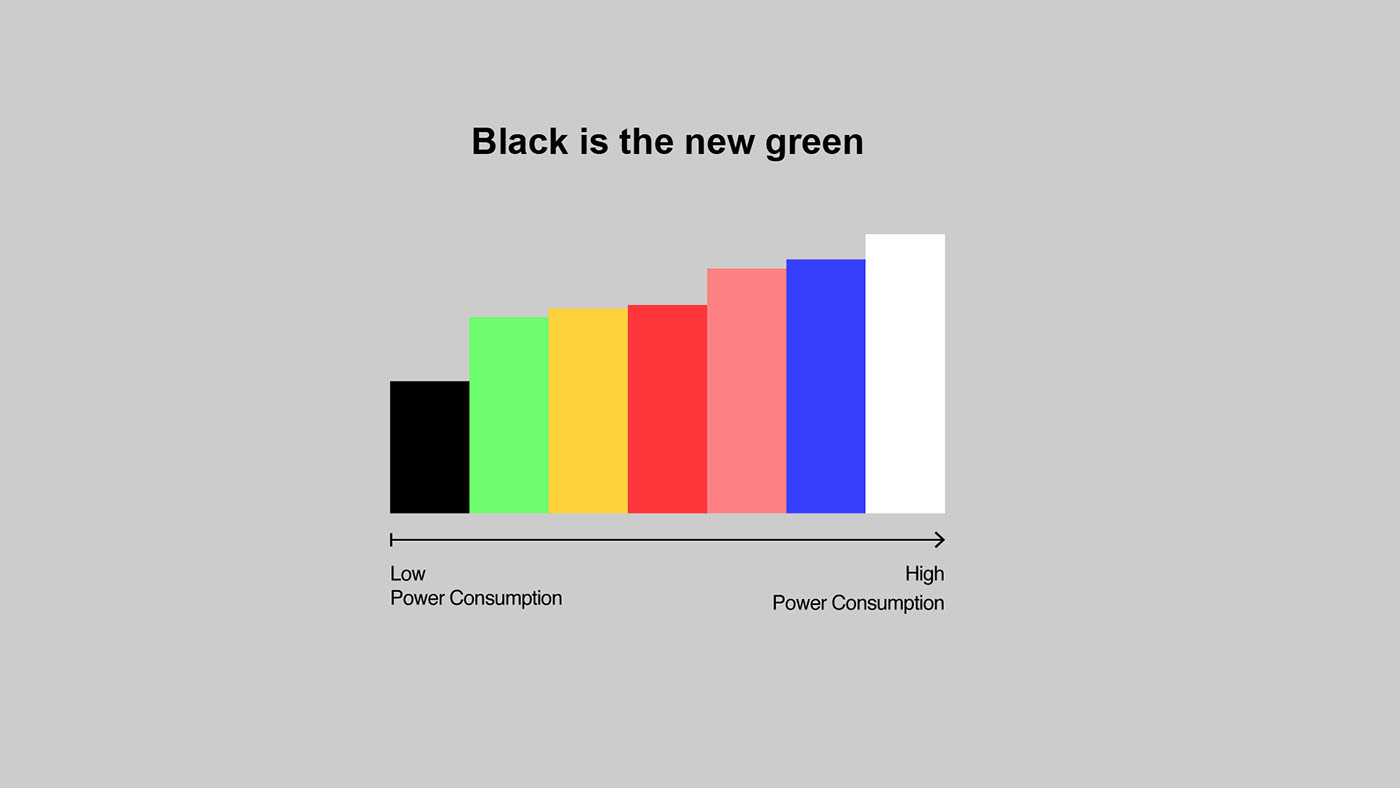Research, Research, Research!
This week I have been focusing on researching beyond my project and issue at hand and looking further into eco-branding and other way in which to help save energy and the environment. But first, I refined my target audience to 16-34 years old (male and female) as a study found that millennials are the least likely to contribute to recycling with only 49% admitting they recycle. Link to study – therecycler.com/posts/research-reveals-millennials-worst-at-recycling/
I discovered how graphic design contributes towards the climate crisis in choice of materials and design aesthetic. This lead me down the path of understanding how ink and print based designs can impact the same way as us individually not contribution to recycling.
I found a eco-branding CMYK print guide. This guide provides you with codes of all colours at different shades that use less ink than randomly selecting a colour, with any CMYK code. For example, red colours use more ink to be printed than black. Therefore, this guide has been created to limit the ink consumption used in four colour printing. The guide can be seen below and also through this link – github.com/Ecobranding/Ecobranding-CMYK-Guide
I also found examples of how to create a brand identity using less ink and water consumption. I found an eco-branding series showing popular, well known logos being rebranded for the purpose of less ink. Some examples of this can be seen below, clearly stating how much ink has been reduced using the new eco-logo styles. The series can be found on this link too – behance.net/gallery/56398071/ECOBRANDING-Eco-Logos?tracking_source=search%7Cecobranding
The further I looked into eco-branding the more I began to learn and understand about the ways a designer can consciously change their designs to better impact the world. This means, not only am I work towards a project to make others more conscious of their consumption, but us too as designers need to be aware of our own impacts.
I have found that the use of digital design with darker pixels as apposed to white pixels, uses less energy and battery. It is also more effective to use lighter text and iconography against darker backgrounds. This is an element of eco-branding I will consider when building my digital aspects such as website, app and moving image poster etc. Link to example built around these facts/finds – ecobranding-design.com/friendlui/







